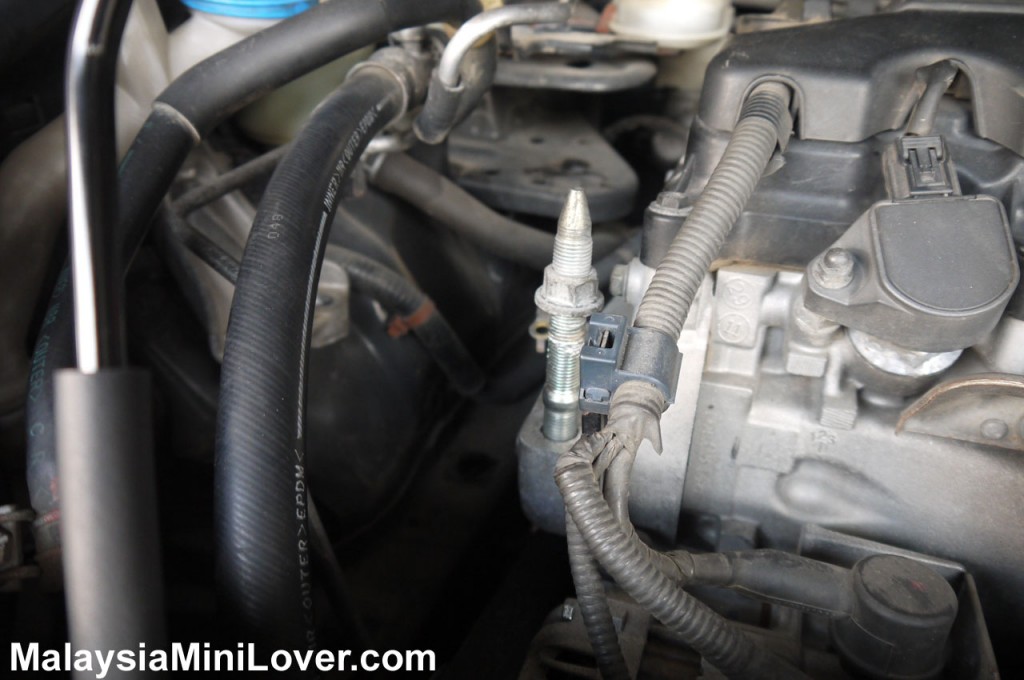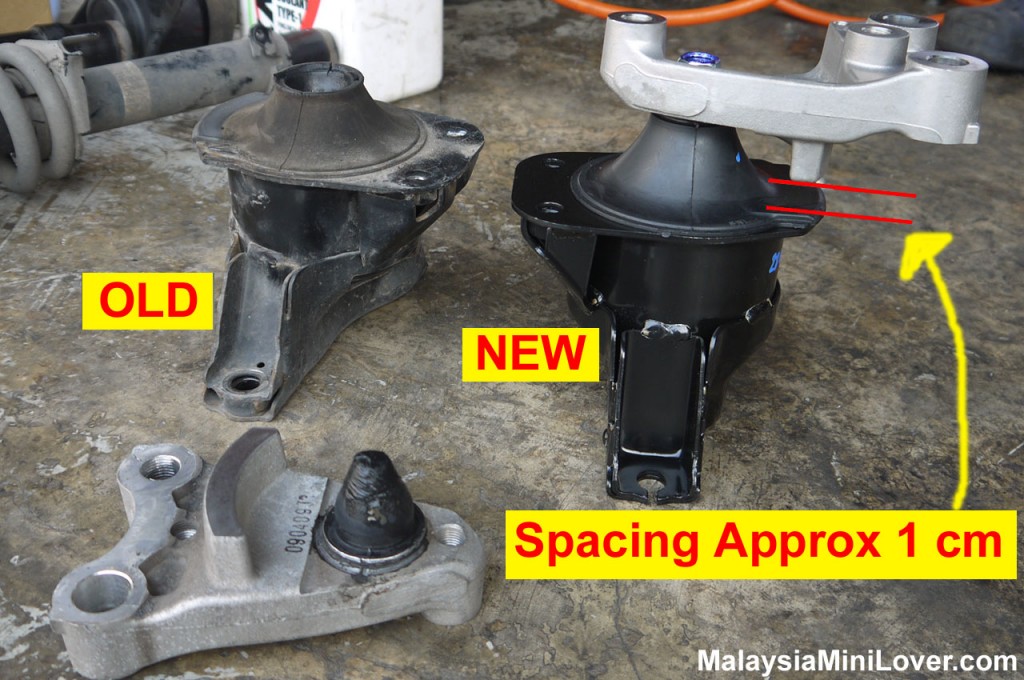This page is contribute to all Honda Civic FD owners who have engine vibration, roughness, rattle, rumbling sound or other similar situation when the transmission is set to Parking (P) or Reverse (R). Model years affected are 2006, 2007, 2008, 2009, 2010, 2011, 2012, 2013, 2014 and 2015. Read the symptoms properly and see if it is similar to what you have experienced. If so, continue to read on to find out the right solutions and share your thoughts here.
Symptom 1: One great early morning, you get into your Honda Civic as usual and start the car. The engine vibrates seriously and it sounds like it is going to break into pieces. The vibration happens when you put the transmission in Parking or Reverse. Instead, the vibration goes off when you put the gear in Drive (D), D3, 2, or 1. However, the car does not produce the same vibrations in Reverse or Parking after you have been driving it for a while. In the evening, the car engine doesn’t give you any vibration, rattling sound or rumbling sound.
Symptom 2: The car engine vibrates when the engine was cold. It sounds like the engine is touching the car body. The engine vibration is gone when the engine is hot or when you speed up. Take a look at the mileage it is exactly 117,000 km (72,700 miles) and the car is 9 years old. This symptom is reported to us by Ashley who invited us to check out her Honda Civic while the mileage has just hit 100,000 km (62,137 miles).
Honda Civic Engine Vibration Solution
Well, the engine vibration may sound very scary to the owner of the car not knowing what happen. Do not panic because this is a common problem for most 8th generation Honda Civic owners. It happens when the engine idling or the transmission is in reverse. Here’s a little homework that you can do to your Honda Civic.
Step 1: First, open your car hood and locate the right side motor mount as shown in the image here.

Step 2: Once you have located the right side motor mount. Squat down a little bit and check on the spacing between the bump stops. The spacing between the bump stops should be approximately 1 cm for a good motor mount. Check and see if the bump stops hit on each other. If that is the case, it is time to replace the motor mount with a new one because the old motor mount transfers the engine vibration to the body.

Step 3: The motor mount (some called it engine mount) part no is 50820-SNL-T01. For beginners, it will take you about an hour to replace the part. Instead, an advance mechanic will only need 30 minutes to replace the right motor mount.

Step 4: This is a photo to compare the old worn motor mount and the new one. The motor is hydraulic and it obviously has a lifetime. Take a look at the photo below, the old one is obviously worn out and look old. The new one is showing an approximate 1 cm between the bump stops.

Step 5: Once a new motor mount or engine mount is replaced, it should look like this. A new motor mount is cost THB3,419 from Honda Thailand and it should cost in between $100 and $150 in United States.

Some other useful information for Honda Civic FD owner: Honda Civic Fuse Diagram and Basic car maintenance schedule (car maintenance schedule).
At most of the time, this issue does not relate to bad spark plugs. Does the information shared here solve your problems? Please contact us and let us know if your problem could not be solved after the motor mount is replaced with a new one.
Leave a Reply